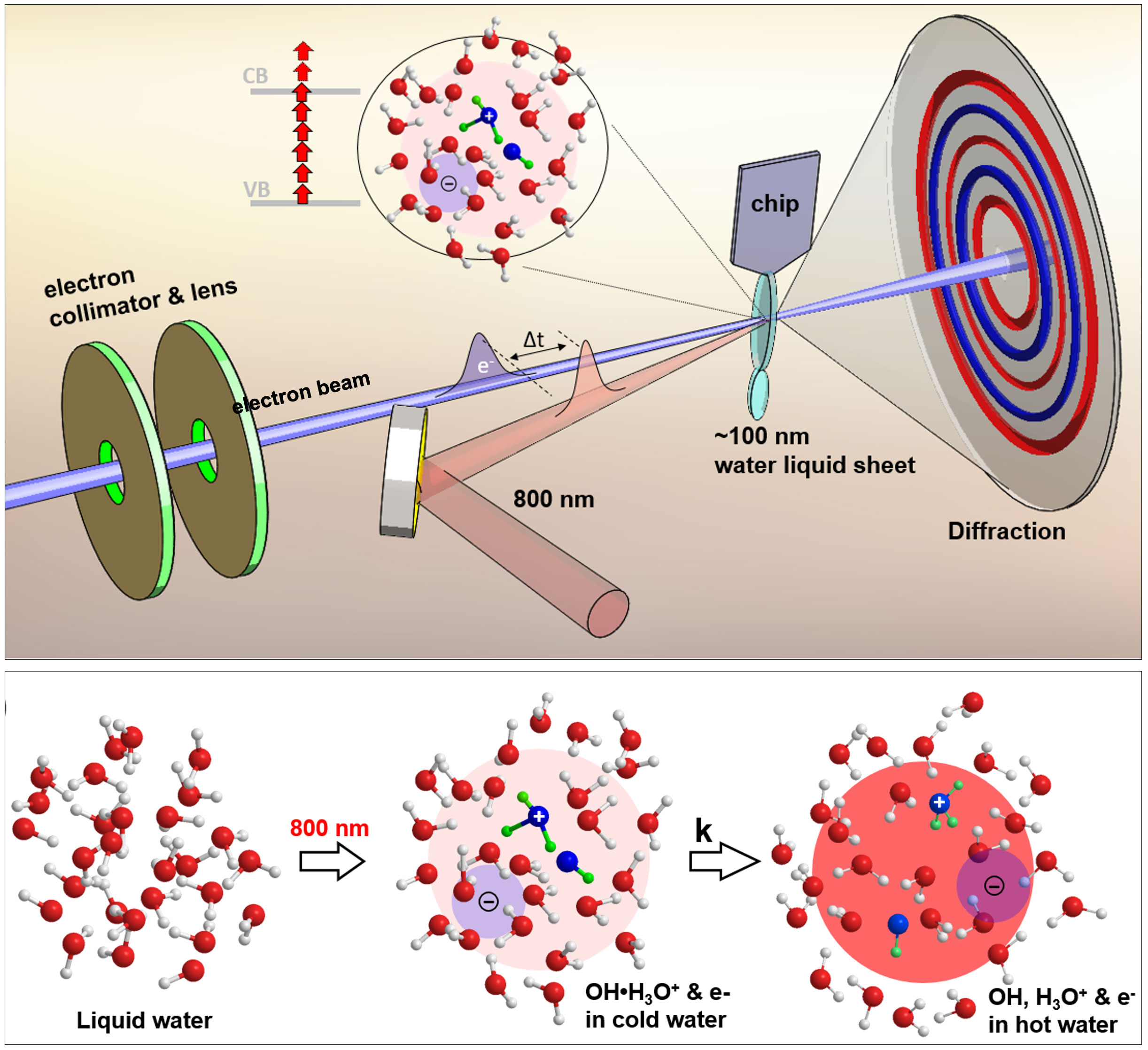
Catching a Glimpse of the Reactive Intermediates in Water in a Trillionth of a Second
Scientists capture the short-lived hydroxyl-hydronium pair and the induced dynamic response in ionized liquid water in unprecedented detail.

Scientists capture the short-lived hydroxyl-hydronium pair and the induced dynamic response in ionized liquid water in unprecedented detail.
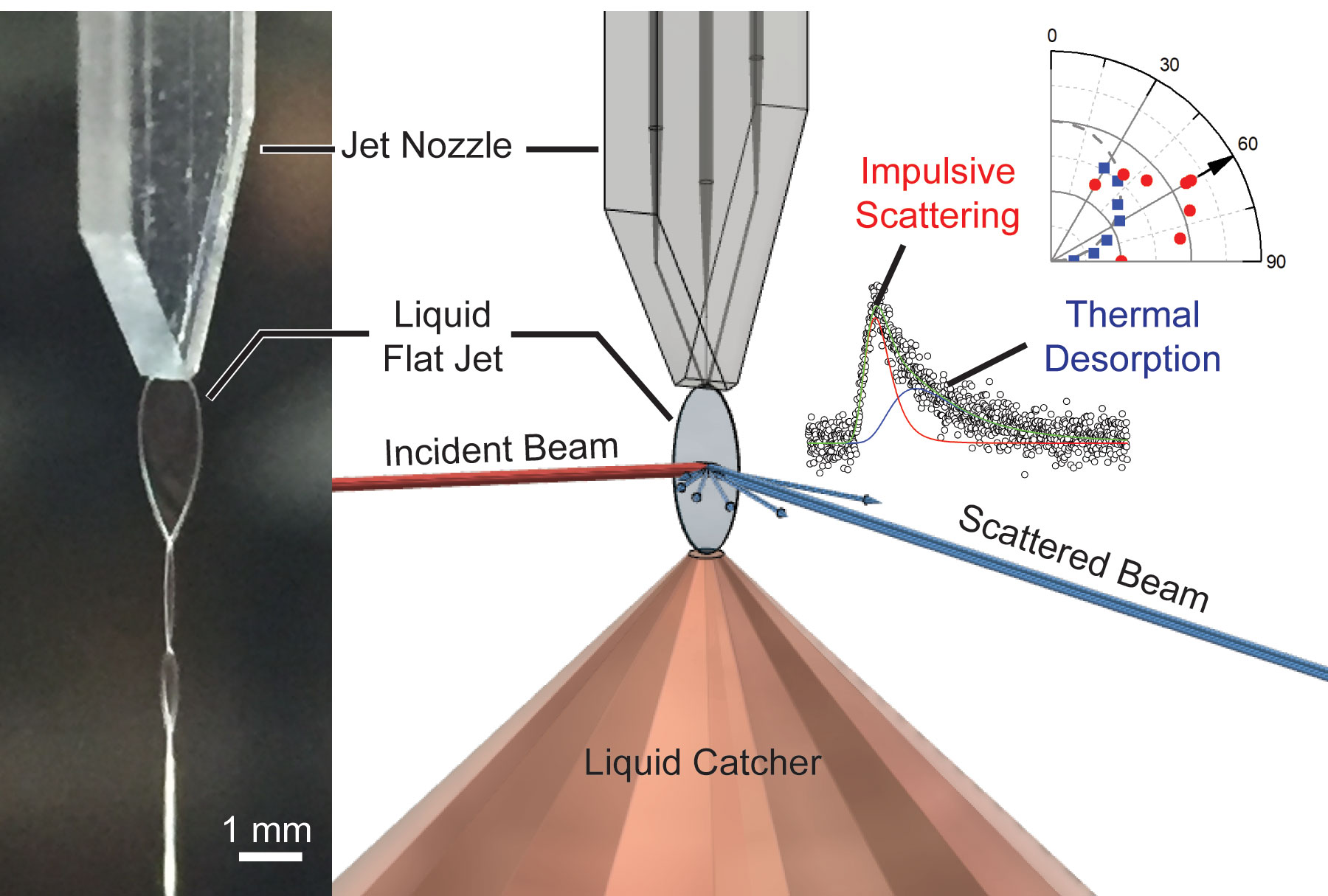
Novel molecular beam scattering apparatus that uses a liquid flat jet can study chemical reactions at the gas liquid interface of volatile liquids.
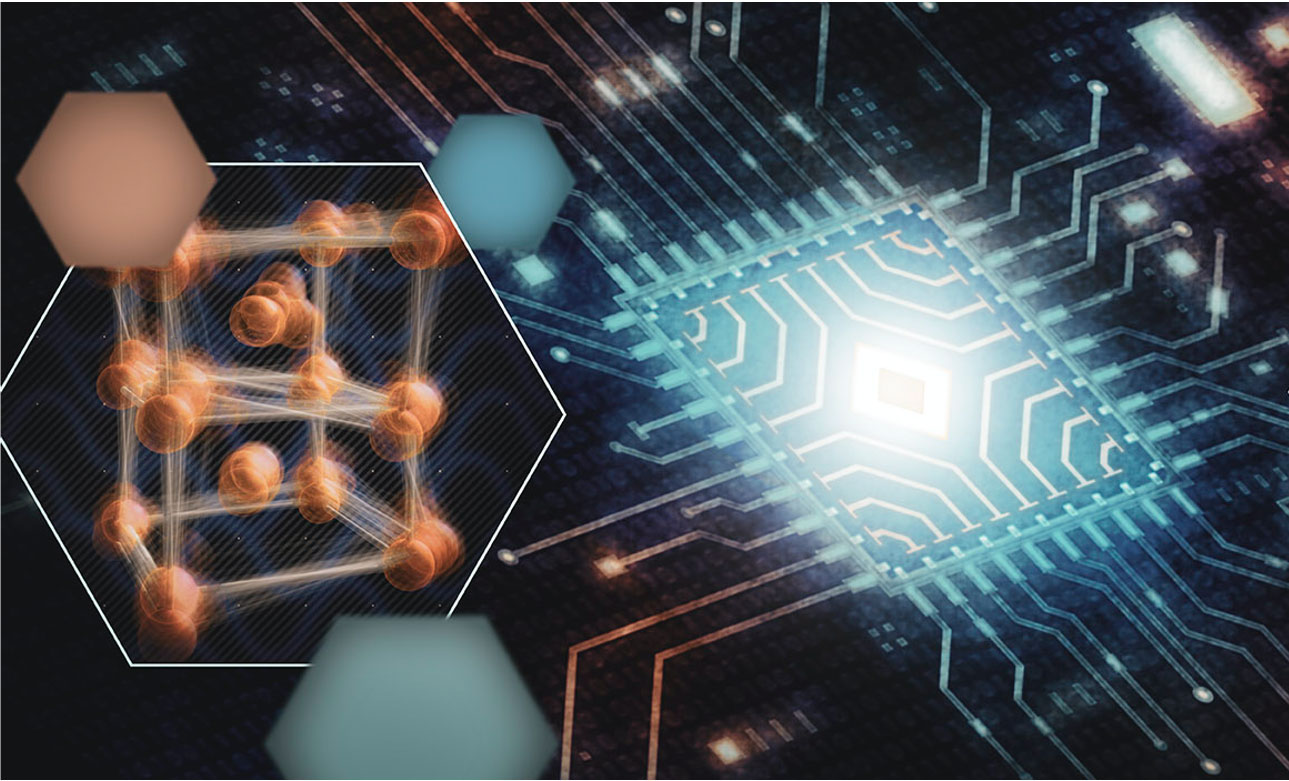
Discovery of a short-lived state could lead to faster and more energy-efficient computing devices.
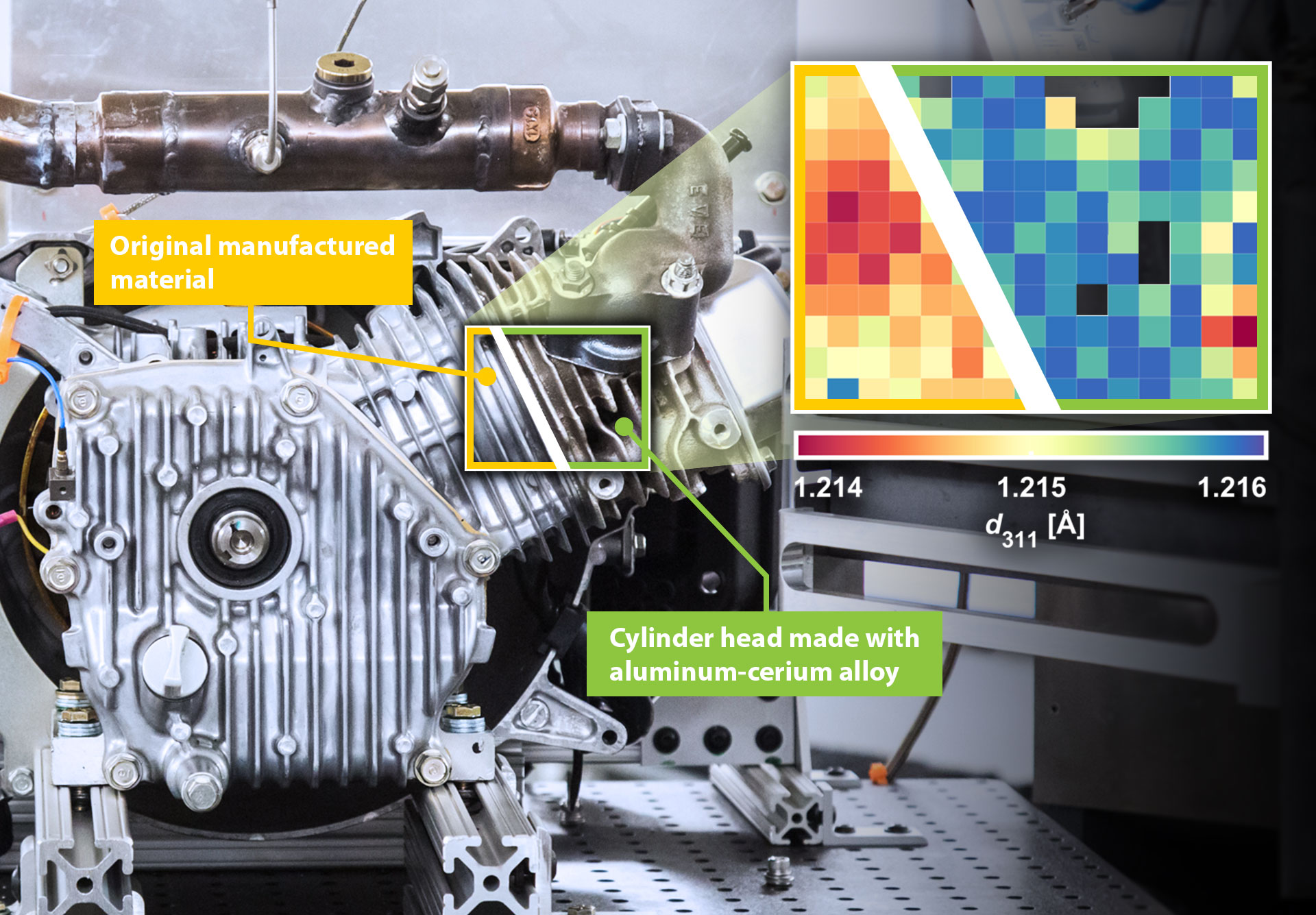
Scientists map atomic-level changes in the components of a running internal combustion engine using neutron techniques.
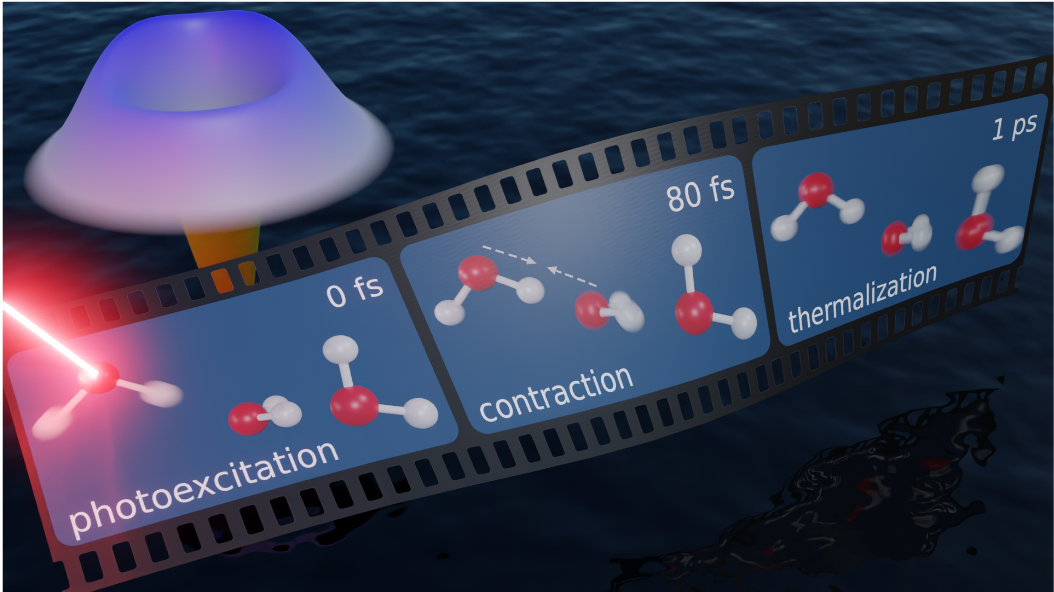
Ultrafast electrons shed light on the web of hydrogen bonds that gives water its strange properties, vital for many chemical and biological processes.
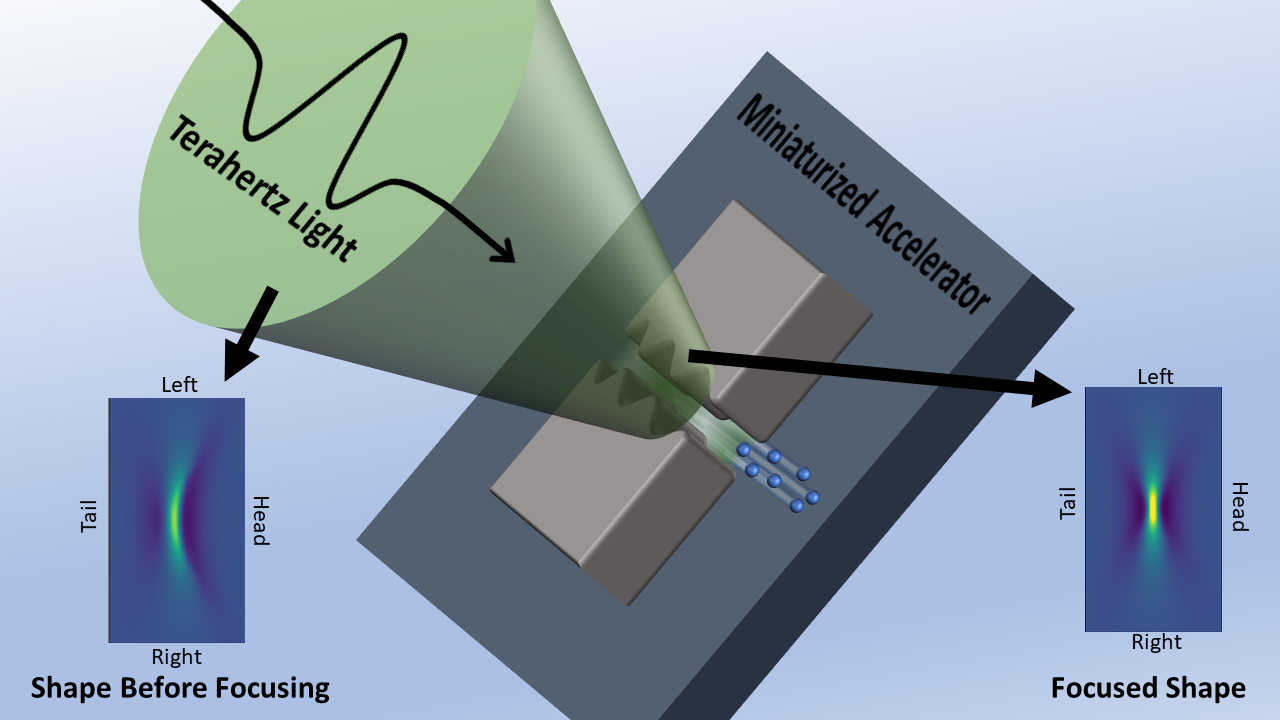
Measuring the shape of intense bursts of terahertz light paves the way for future accelerator technologies.
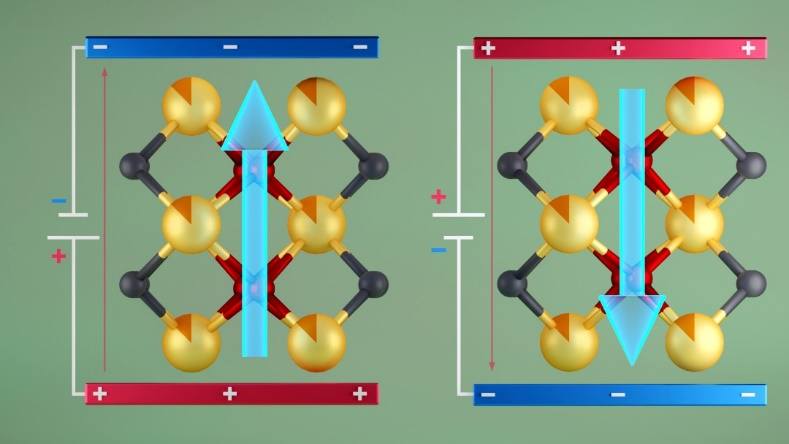
The first report of room temperature ferroelectricity in bulk hafnia could extend Moore’s Law for data storage.
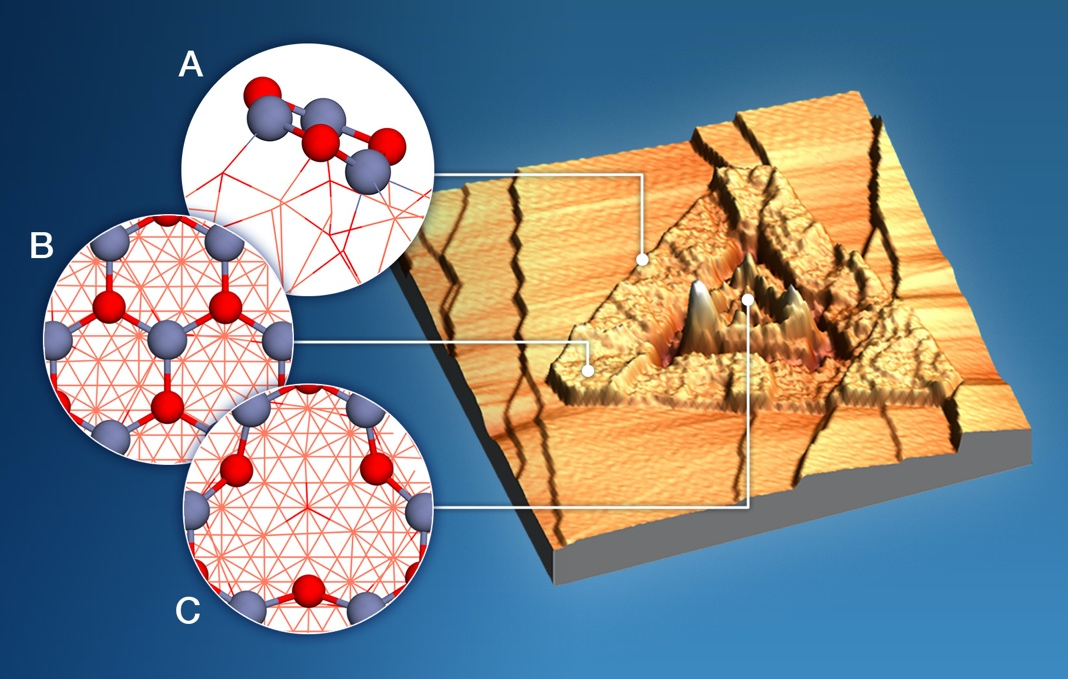
Studies of a common catalyst suggest strategies for improving the conversion of a natural gas component to useful chemicals.
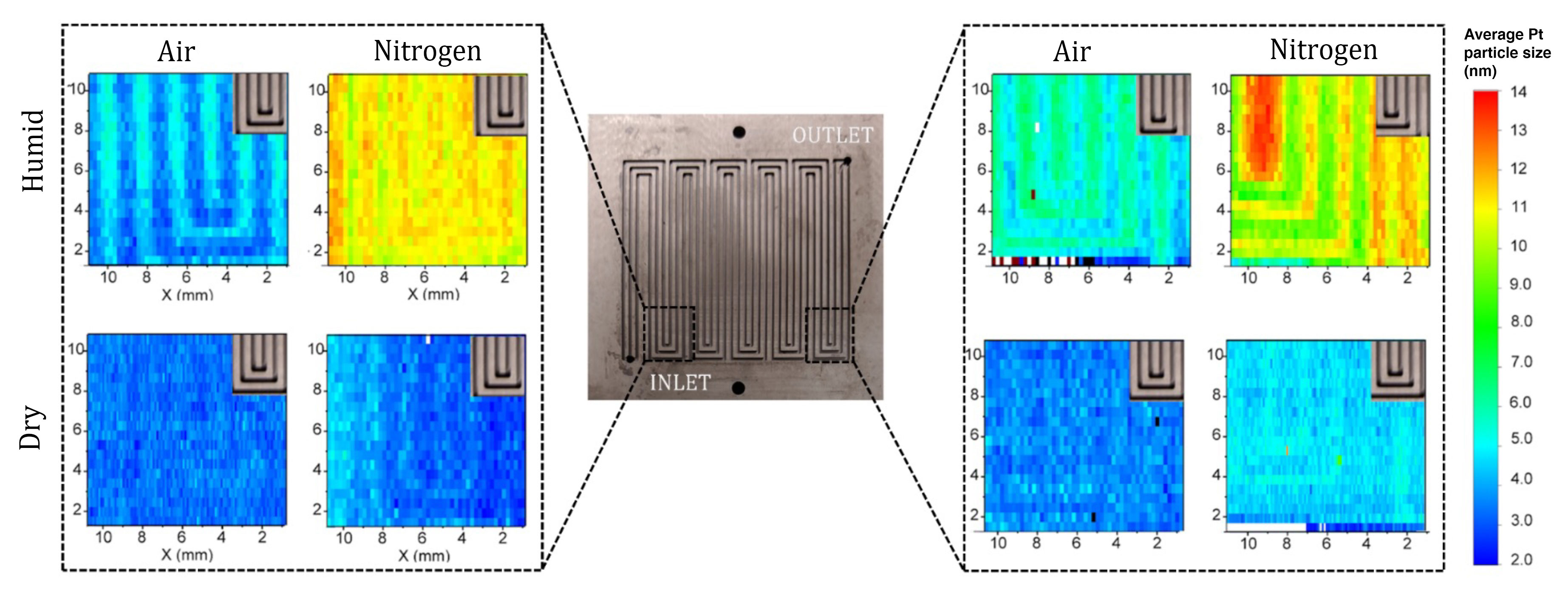
Understanding platinum degradation could reduce waste and lower cost of a promising green technology, hydrogen fuel cells.
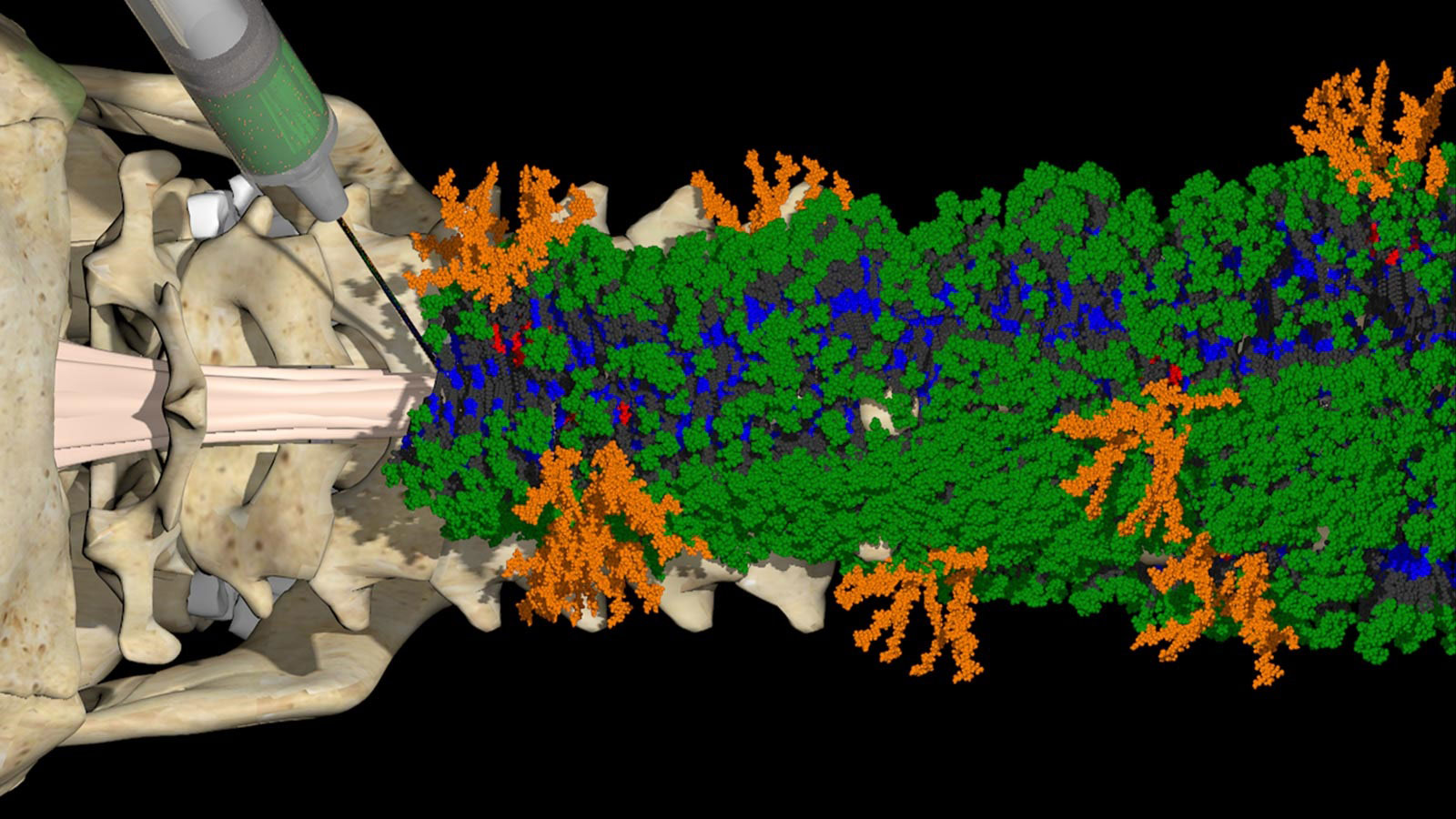
Paralyzed mice “walk” again after new treatment created with the aid of the Advanced Photon Source.

Using an ensemble of artificial intelligence (AI) agents enabled faster, more accurate data analysis of synchrotron x-ray data.
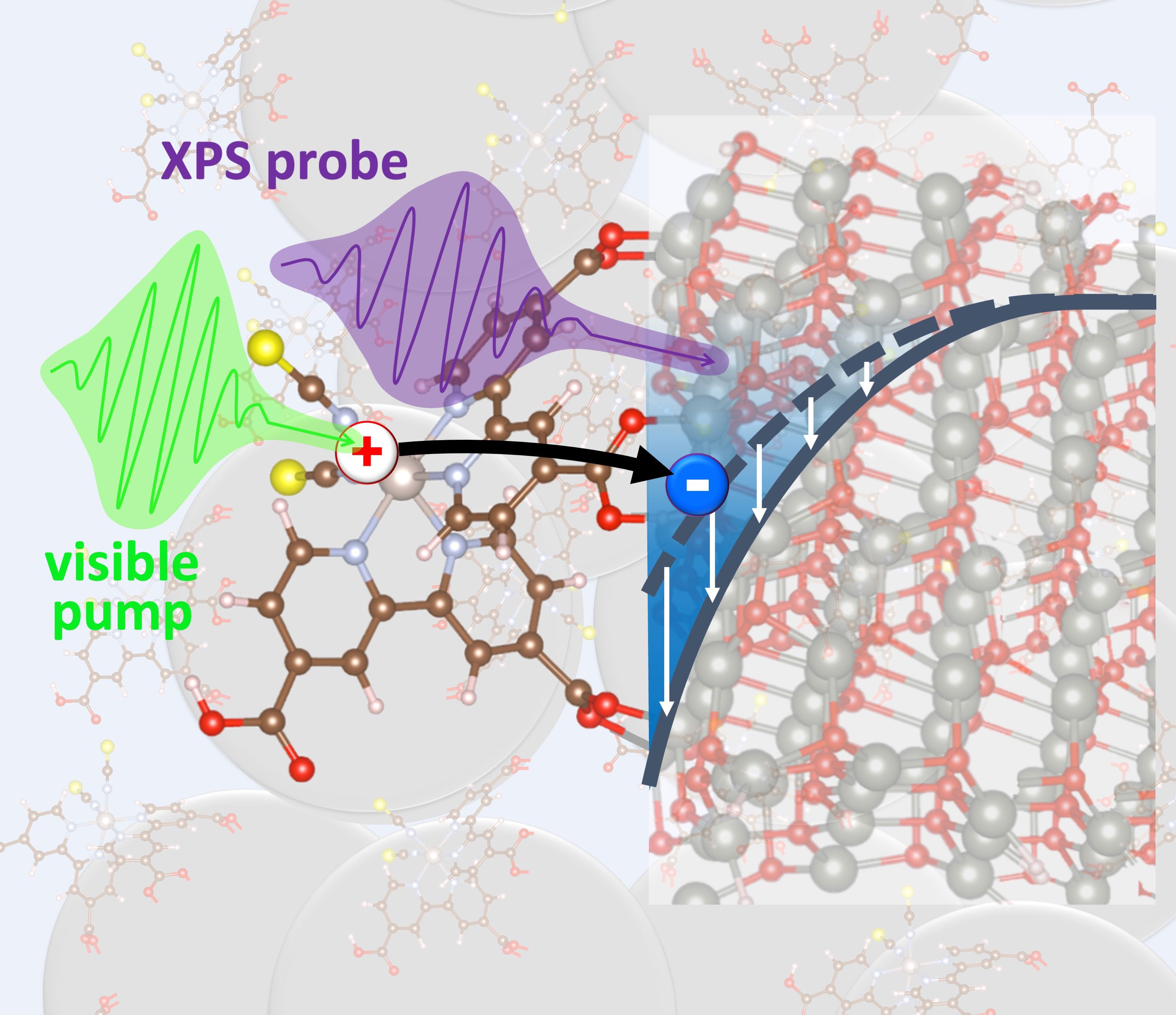
Monitoring photo-excited electrons in real time with nanometer sensitivity reveals strengths and weaknesses in a common light-harvesting material.